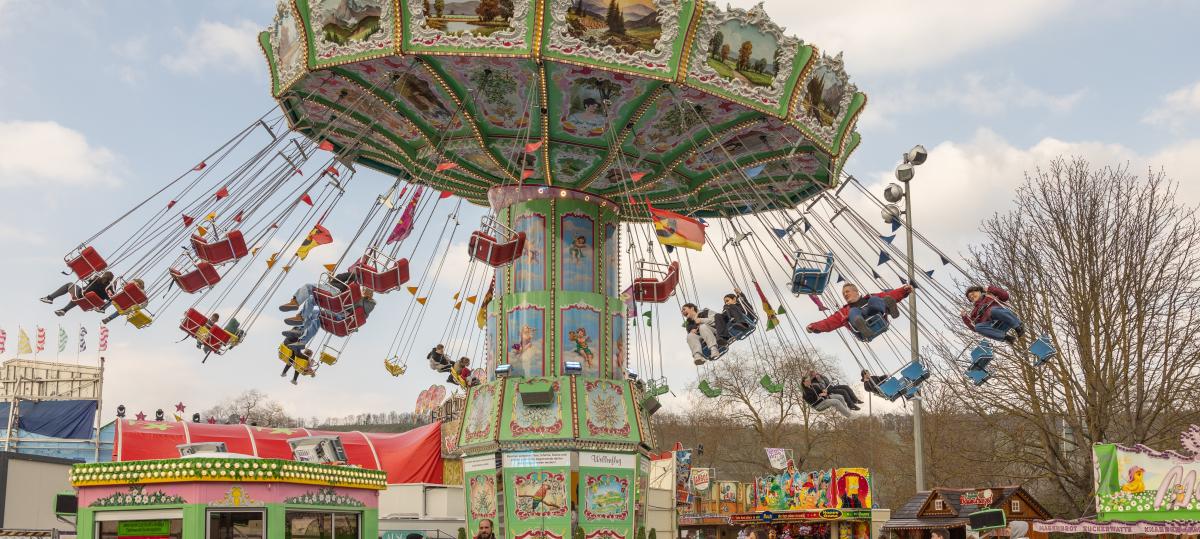Conclave: An ideological and geopolitical war in Sistina hats

As the day is approaching the Cardinals gathering in Sistina to elect the next Pope, the Roman Catholic Church is at the center of an informal but fierce ideological war.
In the shadow of Pope Francis’ depository, a well -organized and economically powerful core of hyper -conservative Catholics – mainly from the US – is trying to influence the electoral process, pressing to promote a modifika that is more aligned with their own theological, political and political.
Their frustration over Francis’ liberal shift – on the issues of immigration, environmental justice, his approach to LGBTKI+ and the Vatican’s agreement with China that gave Beijing to the appointment of Catholic Bishops – candidates.
At the same time, the internal balances in the conception do not easily favor the conservative line, since the majority of the electors have been appointed by Francis himself.
However, against the backdrop of the deep financial crisis of the Vatican and the increasing influence of rich extreme conservative donors, there is an attempt not to elect their candidate, but to prevent the continuation of reforms such as those launched by the deceased pope.
In this fragile and fluid landscape, the future of the Catholic Church seems to be played not only behind the closed doors of Sistina hats, but also in the backdrop of a geopolitical, ideological and online struggle, where the concept of faith is increasingly involved with its strategies.
« We hope to have a papacy that will focus more on purely universal issues, such as the defense of life and family, instead of climate change and immigration, » a German aristocratic form, a leading form of the Conservative Roman Catholic circle, told Politico.
Conservative agents are promoting hyper -conservative candidates such as Kazakh Bishop Athanasios Schneider, Cardinal Robert Sarah of Guinea, or American Cardinal Raymond Berk, a supporter of President Trump. Analysts emphasize the phenomenon « although some leaders have a liberal direction, their flocks become more conservative ».
Even before the death of Francis, a campaign of undermining his reforms had been launched, coming from an enhanced network of well -funded, conservative Catholic organizations based in the US, working with far -right politicians to promote a alloy of Catholicism and nationalism.
The influence of extreme trends can also be reinforced by the increasingly critical financial situation of the Vatican, with Reuters reporting revenue of up to 83m euros.
Due to the necessary preliminary fermentations, the days that follow are critical and some reminds the well -known Italian saying that says « thick pope, weak Pope » – implying that the Conclaims usually come in ideological contradiction with their predecessor.
The balances are sensitive due to the lack of a leading lobbyist such as Cardinal George Pel who died in 2020, as well as some regular bullying who, due to the spread of conservative blogs with influencing social networks, make the current procedure.
Another issue raised has to do with the return of the papal office to Italy that had the exclusive for most of the long history of the Church.
For 455 years, from the death of the Dutch Adrian VIII in 1523 to the election of Polish John Paul II in 1978, the Italians had complete control of the papal office. Overall, about 80% of the 266 popes of the Catholic Church were Italians.
However, John Paul was succeeded by a German, Pope Benedict, followed by Pope Francis, Argentinos and the first Pontiff from the American continent.
The popes from the 1960s onwards have largely sought to expand representation at the College of Cardinals, reducing the influence of the Italian bloc.
Franciscus has accelerated this process and now the Italians make up about 14% of the selectors versus 24% in the last 2013 concussion.








